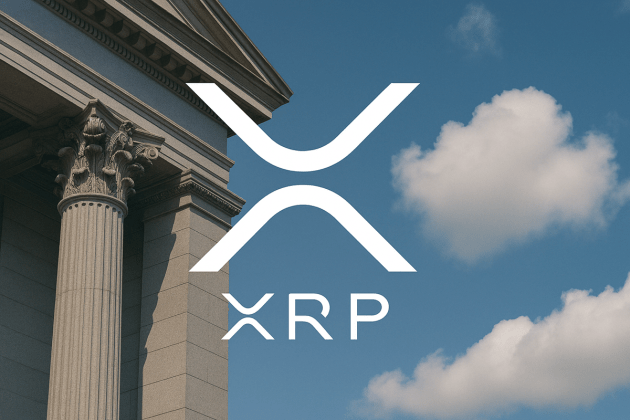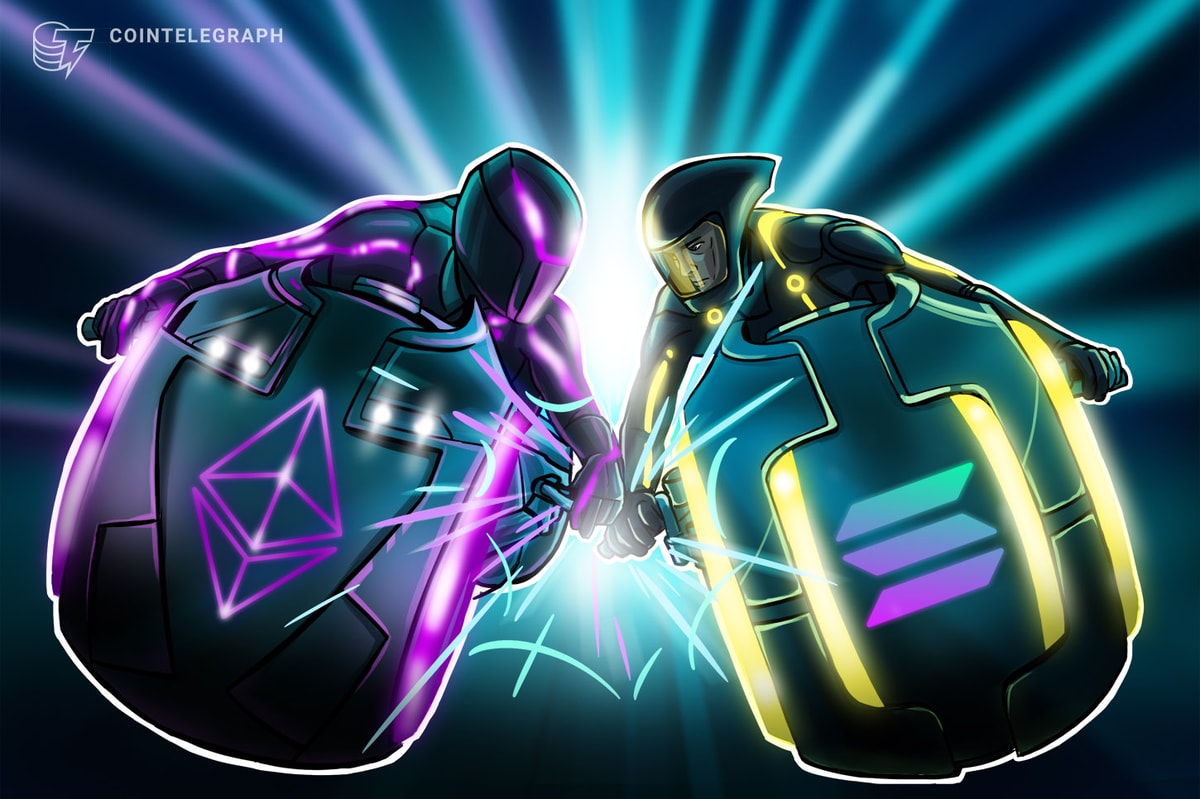Decentralized finance (DeFi) represents a breakthrough in the way financial services are performed. Blockchain and its first use case, cryptocurrency, made it possible to remove intermediaries from payment and other financial processes, promising freedom, privacy and security to users.
However, this relatively new space is grappling with some challenges that give users from traditional finance a hard time and hinder mass adoption. Apart from the obvious high volatility of cryptocurrencies, the complex design of decentralized exchanges (DEX) may be daunting for not-so-tech-savvy users. The ever-growing diversity and fragmentation of blockchains make it difficult to navigate networks as well.
Clip Finance, a DeFi protocol, provides a one-stop solution that streamlines the DeFi experience for both novice users and seasoned traders.
In this interview, Artur Schaback, co-founder and CEO of Clip Finance, discusses the latest trends and innovations in DeFi, common challenges faced by ecosystem participants and how Clip Finance addresses these issues with its unique architecture.
Cointelegraph: What are the most common bottlenecks in the DeFi space? What would be their long-term impact if they were left unsolved?
Artur Schaback: Users need to use Web3 wallets, which have a different approach to typical Web2 services where you log in with email, whereas in Web3, you are in control of your money; this is a shift of mindset. More technical nuances, like dozens of different blockchains, exist with their use cases. In order to start using an app from a new blockchain, you need to buy its gas token and bridge funds over there. It’s easy to say, but in reality, not every non-crypto native person is able to do it.
CT: How do you evaluate the latest developments in layer-2 protocols and cross-chain interoperability, and what innovations excite you the most?
AS: It is relatively easy to launch a new L2; it is permissionless to do so. New innovations are tested on L2s. But, the downside with more L2s launched is that the experience for end-users is constant switching of networks in their Web3 wallet, constant bridging and other burdensome actions to do, like finding the correct DEX, where to swap into needed assets.
These problems create opportunities to solve them, and we see that intent architecture solves fragmentation and makes blockchains more interoperable with each other.
CT: How has your expertise shaped the vision and execution of Clip Finance? What key lessons from your past are influencing your current approach?
AS: Users in DeFi are more savvy and want better control of their assets. They don’t want “deposit and forget” type of earnings but want to have control of their funds, knowing that protocols can not move them around. This is how Clip Finance has evolved and is aiming to provide the highest yields possible.
CT: What is the role of Clip Finance in the DeFi landscape?
AS: Clip Finance is a one-click to stake and earn that enables users to earn yield in proprietary strategies like filling intents with the help of rotating capital across strategies and blockchains in a single click.
CT: What sets Clip Finance apart from its competitors? What are the trademark features of your platform?
AS: Users can simply deposit into Clip’s strategies from any blockchain with a single click, where our protocol finds the best path for bridging and swapping for users. This saves research time for users and also gives them access to proprietary strategies developed by Clip Finance, either in earning yield from concentrated liquidity pools or providing liquidity to solve intents for various bridges.

Source: Clip Finance
CT: How do you plan to tackle the common challenges, such as interoperability and fragmentation?
AS: Incentives are aligned in such a way that when people bridge more often, our decentralized solver pools earn more yield for users, making it attractive for them to deposit more. With more efficient bridging, thanks to our tech, liquidity will eventually be moving almost instantly between blockchains that, for end-users, will feel like interacting with a single blockchain.
CT: Clip Finance aims to be a “one-stop shop” for users. Can you explain how your platform simplifies the DeFi experience for end-users and protocols?
AS: Users don’t have to go to any other website to interact with DeFi and blockchain. They are able to swap, bridge and deposit to any DeFi strategies themselves. They will be able to cash out their crypto into a debit card or, the other way around, deposit into crypto with their fiat.
CT: The decentralized solvers network is a cornerstone of Clip Finance’s infrastructure. Could you break down how this network operates and the specific value it brings to your users?
AS: A decentralized solvers network is like Uniswap for solvers. It is a lucrative earning possibility for users who can deposit into the network in a non-custodial way, and this liquidity can be used by any bridge or blockchain for their needs.
Otherwise, for users to start solving intents, it requires their side to spin up infrastructure and manage it while we are productizing this and allowing any retail user to simply deposit their Web3 wallet into our non-custodial solvers network.
CT: Clip Finance employs a unique tokenomics model that incorporates total value locked. How does this model work in practice and how it benefits ecosystem participants?
AS: Clip Finance has a one-of-a-kind tokenomics — vesting schedule based on the protocol’s total value locked (TVL) growth. No other protocol has ever done it; there have only been theories around it. Outlier Ventures has written about it and called it adoption-adjusted vesting while we have actually developed it and it’s live.
This is the fairest tokenomics out there; everybody unlocks equally based on TVL growth - team, advisers, investors and TVL providers. There are no hidden insiders, whales or somebody who unlocks based on time or during TGE (token generation event).
CT: Are there any emerging trends that will be essential in DeFi in the next decade? How is Clip Finance preparing for these trends?
AS: More apps from traditional finance will deploy to the blockchain, as blockchain’s settlement engine is much faster. To compare, in traditional finance, settlement times were T+2, which means two business days following the transaction. Currently, with blockchains, it’s 1 to 13 seconds, depending on whether you need Ethereum or L2 security.
Nonetheless, such settlement times open up vastly broader possibilities for the same financial instruments that exist in traditional finance but will be migrated to the blockchain.
Disclaimer. Cointelegraph does not endorse any content or product on this page. While we aim at providing you with all important information that we could obtain in this sponsored article, readers should do their own research before taking any actions related to the company and carry full responsibility for their decisions, nor can this article be considered as investment advice.












